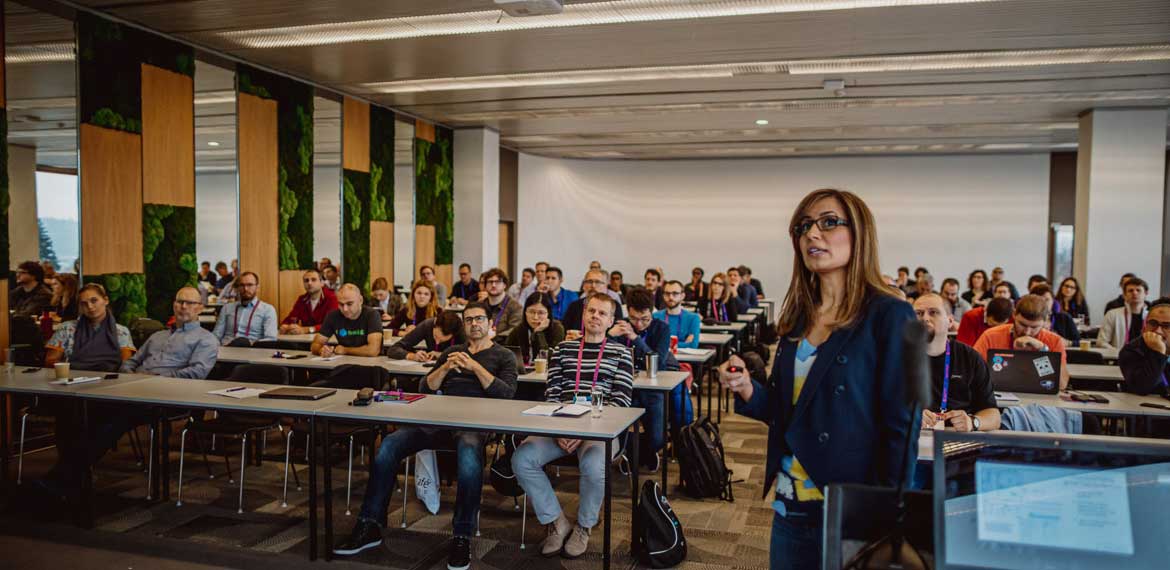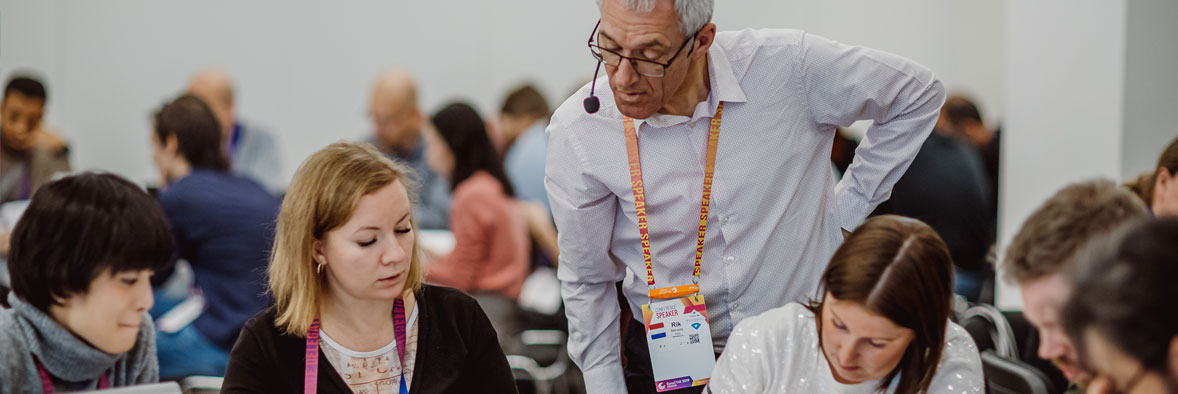
If you’re new to testing or looking to progress to the next level in your career, we have lots of sessions on the EuroSTAR programme to help you do just that! Skyrocket your testing skills and make lots of valuable connections. Learn how to shape your testing with the best test design techniques, improve your testing abilities by uncovering your biases, discover powerful tools to help you with day-to-day tasks, and LOTS more.
Our programme committee chair Graham Freeburn has created a mind map so you can check out the whole programme and filter by topics, roles, and more so that you can find the talks best suited to what you’re looking for – check it out and start planning your EuroSTAR 2022 diary.
Test design with data combination testing and classification trees | Rik Marselis
Test case design is one of the core competences of the quality engineering & testing profession. If you want to properly shape your testing, which test design technique(s) do you use? And is it effective and efficient? What coverage can you achieve? Rik explores the Data Combination Test design technique, which uses Classification Trees.
This technique can be combined with 3 different coverage types, so you have a great way to align with the risk level of the application. Join Rik’s tutorial on DCT & CT and start applying his techniques, the very next day you return to work.
The good, the bad and the biased | Emma Lilliestam and Hanna Schlander
How does the brain work? Why do biases exist, and what are the pros and cons of biases? In this workshop you’ll learn about two thinking systems in the brain, and four categories of biases. We are all biased. Biases affect our everyday lives, both at work and at home. By learning more about them we can expand our view, shape our minds, and improve our testing abilities!
You’ll get the chance to deep dive into biases in groups, and discuss a selection of your favorite biases, before presenting your findings to the group.
Drawing for effective testing and learning | Davrondzhon Gafurov
You may have heard of the term ‘a picture paints a thousand words’, but what about ‘a drawing replaces 100 (textual) user stories’? Davrondzhon shares how you can improve quality assurance by using graphical representations.
Drawings can help you identify tests which are difficult to extract from (textual) user stories, especially negative test cases. Furthermore, drawings can be used not only for quality assurance purposes, but also as a tool for learning (for newcomers) and collaboration (to get a common understanding between various roles in team).

Toolsmithing – a live coding session crafting test tools on stage | Kristoffer Nordström
Even though testing is a highly intellectual pursuit, it still involves a lot of manual steps, laborious work, and tasks to perform. How many times have you had to unnecessarily download a bunch of files from a remote test server after running your tests, or download them via a browser, clicking on the links to the files and saving them?
In this live coding session, Kristoff used Python to show you short, powerful, and useful examples of small test tools, that address specific day-to-day tasks, of the same kind as the ones described above. At the end of the day you will have seen several examples of how you can use Python when crafting your own test tools.
21st century skills for a tester | Emna Ayadi and Ard Kramer
What are the skills that you need to survive the digital 21st century? Soft Skills! In this tutorial, Emna and Ard explore the skills a 21st century tester needs. This can be defined with 4 Cs; Communication, Critical Thinking, Creativity, and Collaboration.
How do those 4 C’s relate to testing? Are testers already applying those skills, or have they thought about how to apply them in the future? Learn how you can use them to communicate, how they apply critical thinking in their organization, how they collaborate with team members, and how they apply critical thinking as a tester.
Drawing lines around the fog: the shape of testers, teams, and the world | Alex Schladebeck
The world is constantly changing, and everything is impermanent. After the last two years, we have been forced to come to terms with how quickly and drastically things can change. How will external changes shape our teams and our work? How can we shape ourselves proactively in order to be able to respond to changes, make changes or our own and even thrive?
Alex looks at what factors are at work now, and what kinds of effects will they have on how we work, and the roles of testers and software professionals. She will also look at concrete activities on an individual and company level, to best prepare ourselves for a nebulous future.
Have you booked your conference tickets yet? It’s not too late to join us next week – book your ticket now and we’ll see you for a celebration of testing in Copenhagen.